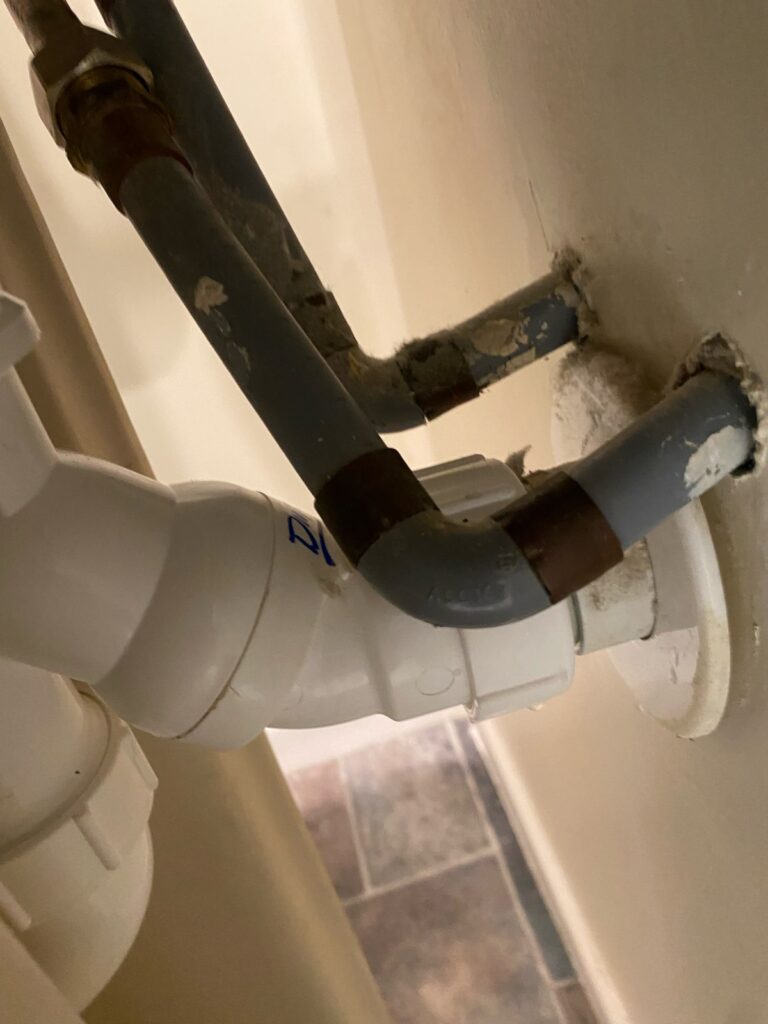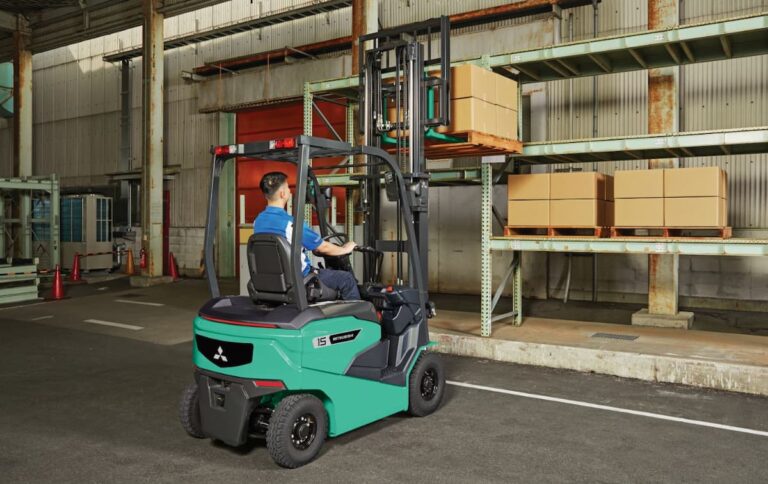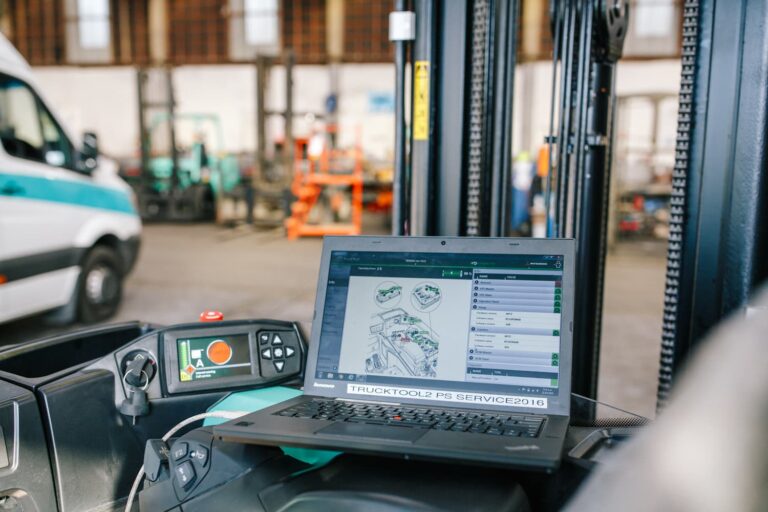As workplace safety regulations continue to evolve, it is essential to remain ahead of the curve. Forklifts are no exception and having heightened safety measures in place when operating a forklift can save lives and prevent costly accidents.
Being properly informed and educated on forklift safety can help ensure a safe, productive work environment and protect your employees from accidents.
Hazards Present
Forklift operations pose a great deal of potential hazards to both the operator and those working in the area around them. Understanding the risks and taking safety precautions is essential for safe and effective forklift operations.
The most significant hazard to consider is crush risk. The size and weight of a forklift can cause serious crush injuries in the case of an operator impacting a person or object. Being aware of your surroundings, avoiding obstacles and hazardous areas, and obeying speed limits can all help to avoid crush injuries.
Forklift operators should also be aware of the potential for forklift parts failure and the potential hazards involved. For example, brake failure can lead to dangerous accidents.
Forklift operators must also be aware of the risk of tipping over. This is especially true when operating forklifts on uneven terrain, driving too fast around corners, or with an improper load centre. It is important to maintain the centre of gravity of the load to prevent it from shifting or unstable force causing a potential tipping situation. To reduce the risk of tipping over, operators must adhere to the manufacturer’s load centre recommendations.
Operators should also be aware of falls. Working from height can be a primary cause of falls when operating a forklift. Using a Step-up platform or ladder to reach higher items is essential in preventing falls from height. It is also important to wear proper safety gear when working from a forklift, such as a safety harness and helmet.
It is also important to be aware of fire hazards. Forklifts often emit combustible gases and fluids, which can be ignited by sparks or hot engine components. Proper maintenance and operation will help keep these hazardous materials in check. Drivers must follow all safety protocols that are outlined by the manufacturer to ensure the forklift is operating correctly.
Finally, operators should be mindful of noise and air pollutant levels. Many forklifts produce high levels of noise, which can lead to hearing damage if prolonged exposure is experienced.
Additionally, the exhaust from a forklift can expose workers to dangerous levels of carbon monoxide, formaldehyde, and other noxious fumes. Observing sound levels and ensuring adequate ventilation will help reduce exposure to hazardous air pollutants.
Mitigating Risks
Safety is an integral part of operating a forklift. Therefore, mitigating risks when operating a forklift should be a priority for all operators. In order to mitigate these risks, both operators and employers should take the following precautions:
Pre-operation inspections
Before beginning any task involving the use of a forklift, it is important to do a thorough pre-operation inspection. This includes looking for any visual signs of damage, checking the brakes, steering, and other components, as well as checking the propane or battery levels. Employers should also ensure that their forklift has been inspected by a qualified technician.
Regular servicing
Forklifts should be regularly serviced in order to mitigate the potential risk of forklift parts failures that could potentially cause dangerous accidents. It depends on the type of forklift and the conditions of use, but generally, they should be serviced every 6 months or 250-500 hours, whichever comes first.
Licensing
All operators should be properly licensed to safely operate a forklift. Employers should make sure that their operators have the appropriate certifications, and that they are up-to-date on their training.
Training
Operators should be provided with adequate training to understand how to safely operate the specific type of forklift they will be using. Furthermore, employers should also ensure that their operators are regularly refreshed on safe operating practices.
Load Management
Operators should ensure that their loads are within the forklift’s rated capacity. They should place forks centrally on the load, tilt back the forks to reduce sway, and ensure that the load is logged and labelled appropriately. Forklift operators should also be aware of any overhanging loads, such as racks or shelves, and be prepared to adjust the height of the forklift as needed.
Driver Behaviours
Operators should practise safe driving behaviours, such as keeping a steady speed and looking ahead for possible obstacles. They should also avoid distractions such as using a cell phone while operating a forklift.
Conclusion
Forklift safety is critical in the workplace to ensure everyone remains safe and accident-free. From making sure the truck is in working order and the operator is properly trained, to understanding each work area and the types of hazards that exist, training is the most important aspect of safe forklift truck operation.
Get your business noticed by creating an online directory listing. Listings are FREE and you can create as many as you need.
- Get found by locals



